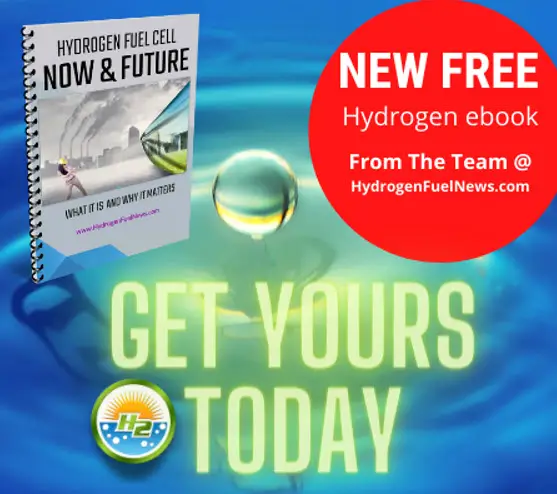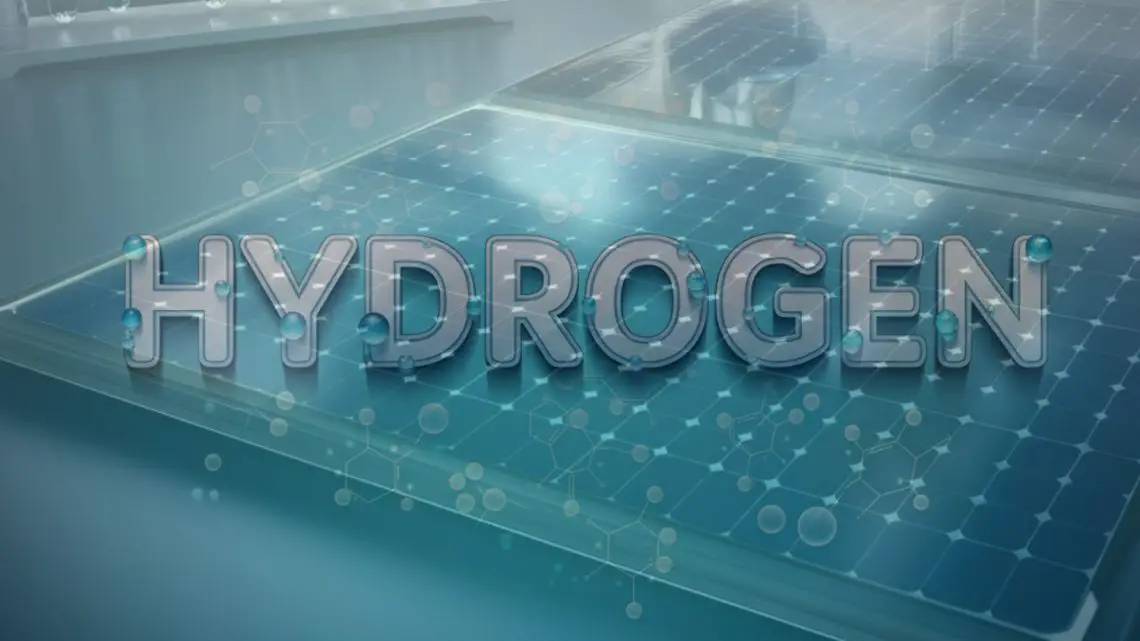
Unlocking Solar’s Full Potential with a Tiny Dose of Hydrogen Magic
February 4, 2025 0 By Jake MartinBreakthrough in Wide-Bandgap Kesterite Solar Cells with Hydrogen Annealing
What Is CZTS and Why Should You Care?
CZTS, short for Cu₂ZnSnS₄, is a semiconductor material composed of copper (Cu), zinc (Zn), tin (Sn), and sulfur (S). It belongs to the kesterite family of materials and has become a promising option in the field of solar energy. What sets CZTS apart is its unique combination of properties. First, all its elements are earth-abundant and non-toxic, making it a sustainable alternative to silicon, the current standard in solar cell production. Second, it has a wide bandgap, meaning it can absorb sunlight more efficiently in certain parts of the solar spectrum.
These qualities position CZTS as an eco-friendly and cost-effective material for creating future solar cells. However, compared to silicon solar cells, which dominate the market, CZTS-based cells have faced challenges in achieving competitive efficiencies. Currently, their maximum efficiency stands at 11%, compared to over 20% for silicon. Researchers believe solving these efficiency issues could unlock its potential as a key material for renewable energy.
Tackling Carrier Recombination in CZTS
One of the main hurdles preventing CZTS from reaching higher efficiency is a phenomenon called carrier recombination. Picture this: when sunlight hits a solar cell, it generates tiny particles known as electrons and holes. These particles carry the energy produced by the sunlight and must travel through the material to get collected as usable electricity.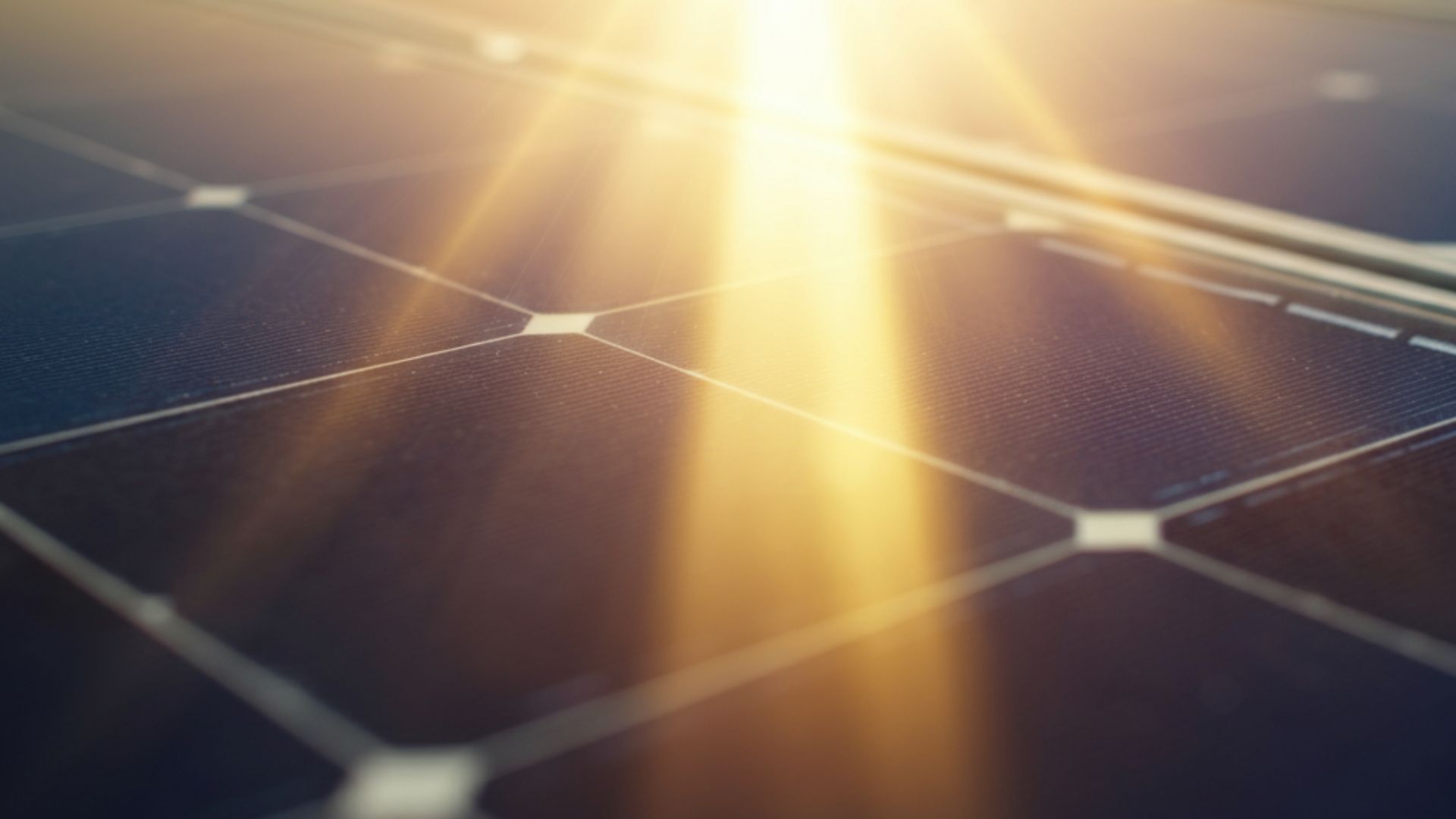
Carrier recombination happens when some of these particles reunite before they can be captured, effectively losing a portion of the energy. This process severely limits how much power CZTS cells can generate. Overcoming this issue has become a priority for engineers and scientists working to make CZTS a viable alternative in solar technology.
How Does Hydrogen Annealing Improve Solar Cell Efficiency?
To address the carrier recombination problem, researchers at the University of New South Wales explored a method called hydrogen annealing. But what does that mean? Simply put, hydrogen annealing involves heating up the solar cell in an atmosphere containing hydrogen gas. This allows the material’s structure to be subtly altered in beneficial ways, improving its performance.
Here’s how it works in CZTS solar cells specifically:
- Redistributing Elements: Hydrogen helps redistribute sodium within the material. Sodium has been found to play a role in improving the material’s internal electrical properties.
- Defect Reduction: Defects on the surface and inside the material, which can trap electrons and holes, are “passivated” or neutralized by hydrogen. This allows the particles to move more freely, boosting energy conversion.
- Improved Carrier Transport: With fewer defects and better element distribution, electrons and holes can travel through the material more easily, leading to higher efficiency.
The study revealed that using hydrogen annealing on CZTS solar cells increased their efficiency to 11.4%, the highest recorded for this material. While this is still behind silicon’s performance, it is a big leap forward for CZTS technology.
What Makes CZTS a Strong Candidate for Tandem Solar Cells?
CZTS is not just appealing for standalone solar cells; it could play a vital role in tandem solar architectures. Tandem solar cells stack two different materials on top of each other to capture more sunlight across the solar spectrum. CZTS, with its tunable bandgap (the ability to adjust which wavelengths of light it absorbs), is an excellent choice for the top layer in these systems.
By pairing CZTS with silicon in tandem cells, researchers can combine their strengths—silicon captures lower-energy light well, while CZTS is better at capturing high-energy light. Together, they could significantly boost the efficiency of solar panels, offering a path to cleaner and more abundant energy.
Why Does This Discovery Matter?
The development of hydrogen-annealed CZTS solar cells is a significant step forward in addressing the efficiency gap between this material and silicon. Here’s why this matters:
- Sustainability: Unlike silicon, CZTS uses materials that are cheap, non-toxic, and abundantly available. This makes it more environmentally friendly and easier to scale.
- Energy Accessibility: Lower production costs for CZTS cells could make solar energy systems cheaper and more accessible worldwide, particularly in developing regions.
- Renewable Energy Innovation: Combining CZTS with silicon in tandem architectures has the potential to revolutionize power generation by maximizing sunlight utilization.
How Can This Technology Be Applied Today?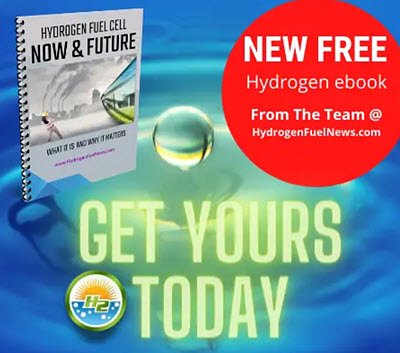
While further research is needed to refine hydrogen annealing and enhance CZTS efficiency beyond 15%, the current advancements already hold promise for near-term applications. For example:
- Hybrid Solar Panels: CZTS-tandem panels could begin complementing existing silicon-based systems, reducing their production costs and improving energy output.
- Off-Grid Solutions: The affordability and sustainability of CZTS make it an ideal solution for solar setups in remote or rural areas, where low-cost renewable energy is most needed.
- Scaling Thin-Film Applications: Because CZTS can be applied as a thin layer, it could be used in innovative solar technologies like lightweight panels or building-integrated photovoltaics (e.g., solar panels embedded in windows and roofs).
What’s Next?
Researchers are already aiming for the next big milestone—pushing CZTS efficiency beyond 15% while maintaining its economic and environmental advantages. This means optimizing the hydrogen annealing process further and exploring other methods to resolve defects and improve the material’s performance.
With advancements like these, CZTS could soon be integrated into a larger, more sustainable energy infrastructure. Technologies like this help us inch closer to a cleaner, more renewable energy future, where affordable solar power is accessible to all.



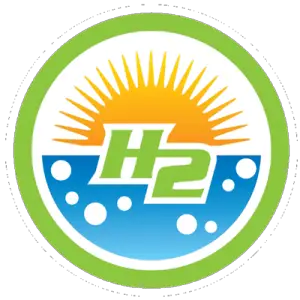 With over 15 years of reporting hydrogen news, we are your premier source for the latest updates and insights in hydrogen and renewable energy.
With over 15 years of reporting hydrogen news, we are your premier source for the latest updates and insights in hydrogen and renewable energy.